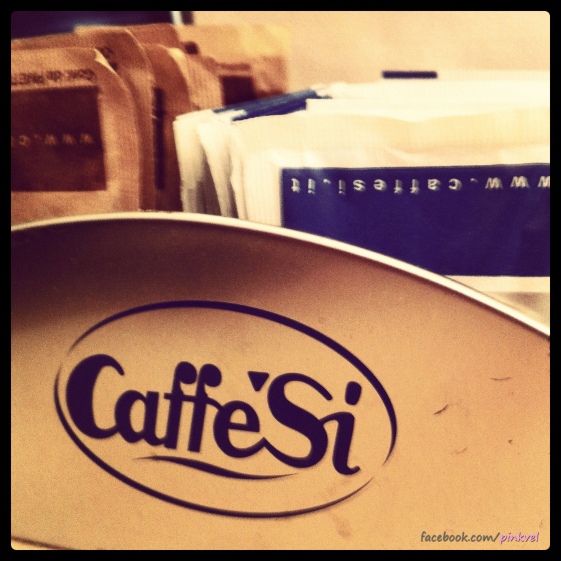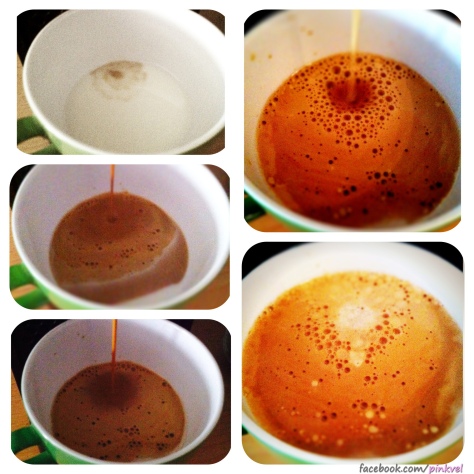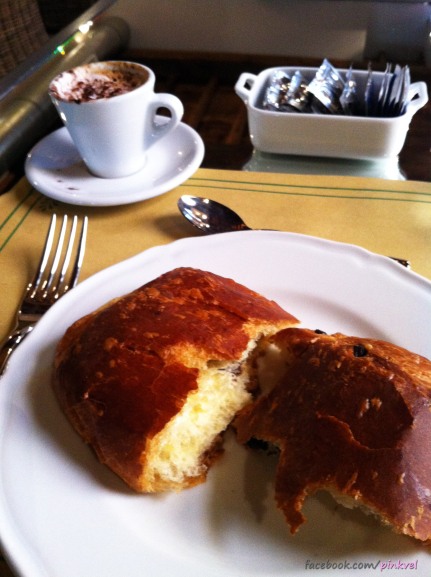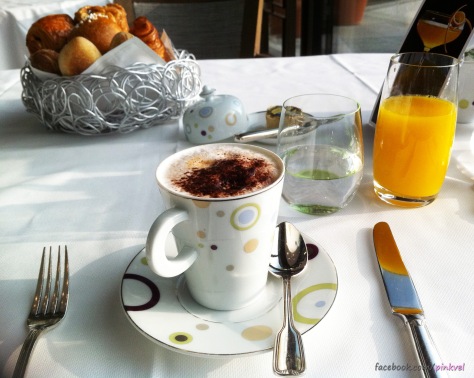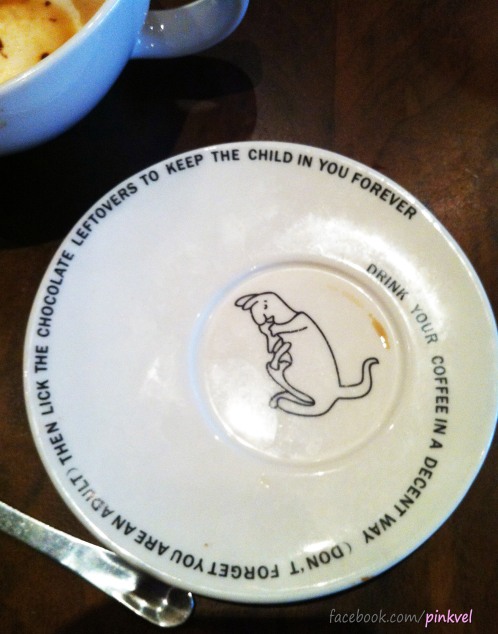There is nothing better than starting the day the Italian way: you go to the bar around the corner where you meet all your neighbors and have a traditional colazione (breakfast), which is a cornetto (Croissant) and a coffee, of course standing at the counter.
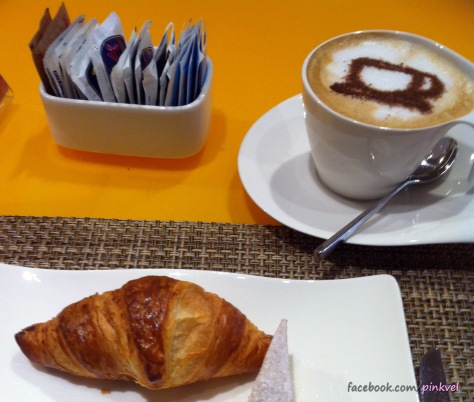
But coffee is not just coffee.
There is a big ritual behind this apparently easy way to have breakfast and I first noticed when I had some German guests with me in Italy. I observed this for a while and I noticed that tourists are often confused and intimidated, while baristas are often bothered by every kind of hesitation during the ordering ritual. I have come to the conclusion that there must be some kind of guide.
First of all: you can’t go to the barista straight away just ordering “un caffé”. If you do this (and I saw this quite often) he will look at you as if you were an alien.
You have to first go to the cashier to get your receipt. The cashier is usually sitting somewhere at one end of the counter or even hidden in one corner of the bar. After you have proudly managed to find him, you have to tell him what you want.
You go back to the barista with the receipt and again: you can’t just say “un caffé”. You have to know what kind of coffee. And please don’t ask him what kind of coffee he has to offer. Don’t even dare asking for a list. You just have to know.
First thing to know: if you ask for a normal “caffé” it will be an Espresso. But here again, I have been told by a non-Italian friend that she ordered just a “caffé”, expecting an Espresso but the barista automatically thought that – as she is a stranger – she surely wants a coffee in a big cup. Let’s consider this an exception. “Caffé” in Italy is an Espresso.
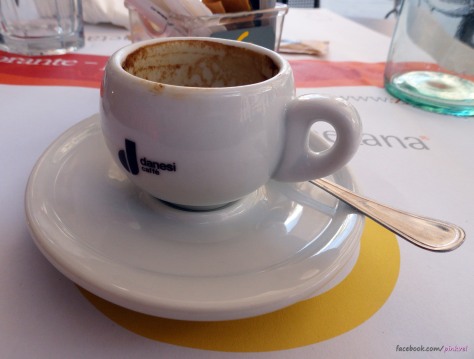
The coffee in a big cup, which is a “regular coffee” in many other (especially northern) countries, is called “Caffé Americano” in Italy. You normally cannot expect a filter coffee, brewed with coffee in a filter and hot water. In most Italian bars “Caffé Americano” is brewed using the regular Espresso coffee machines, just using more water.
But if you look around you in the bar, you easily notice everyone is ordering something different. There are at least 50 different types of Italian coffee. Here are the most common types:
- Caffè Espresso, or “caffè normale” in Italy.
- Caffè Americano – coffee in a big cup (in a cup Italians would use for drinking tea).
- Caffè decaffeinato – decaffeinated Espresso coffee.
- Caffè in vetro – served in a glass cup instead of the classical small porcelain cup.
- Caffè corto (or ristretto) – is a very much reduced coffee, so called “short” Espresso since sometimes there are just some drops of very intense coffee left in your cup. It gives you the maximum of the coffee aroma and not too much caffeine. It is a very Italian way to drink the coffee; you hardly find it anywhere else.
- Caffè lungo – is a long Espresso, created by adding some more water to the Espresso but still served in a small Espresso cup. Even if not so strong, it contains more caffeine.
- Caffè macchiato caldo – Is a regular Espresso with a “spot” (macchia) of warm foamy milk.
- Caffè macchiato freddo – is a regular Espresso, with a drop of cold milk.
- Latte Macchiato – Is served in a big glass and consists mostly of milk (around 80%), with a small amount of Espresso coffee.
- Caffè corretto, is an Espresso with some grappa or other liquor.
- Cappuccino (so called “Cappuccio” in the Milan area) – I think I don’t need to explain that. Always remember: real Italian Cappuccino does not have cream on top but always milk foam.
And please – please – don’t order a Cappuccino after lunch or dinner. Even if many restaurants are now used to “these tourists” ordering a Cappuccino after dinner… it remains something you only drink for breakfast in Italy!
You can absolutely order an Espresso after dinner.
If you can not make it without your Cappuccino, then order a Marocchino. That’s similar, just smaller. - Marocchino – Is often served in a small cup made of glass, it is like a small Cappuccino but with some chocolate powder.
- Caffè d’Orzo – Barley coffee. You don’t use coffee beans in this.
- Caffè Doppio Lungo – Double “caffé lungo” (see above)
- Caffè Doppio Ristretto – Double “caffé ristretto” (see above)
- Caffellatte – Coffee with milk. The difference to the Cappuccino is that it is served in a regular glass instead of a cup
- Caffè alla Nocciola – Coffee with nut aroma.
- Caffè al Ginseng – Coffee with ginger aroma.
- Mocaccino – classical Cappuccino, but with some hot chocolate.
- Caffè Shakerato – coffee and ice cubes shaked with a shaker.
One last thing: if you drink your coffee standing at the counter it will cost less than seated.
 However, don’t worry too much. You cannot leave Italy without a real coffee in a bar. It is a great experience, not only for the taste of it!
However, don’t worry too much. You cannot leave Italy without a real coffee in a bar. It is a great experience, not only for the taste of it!

